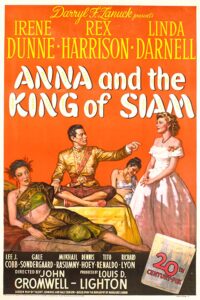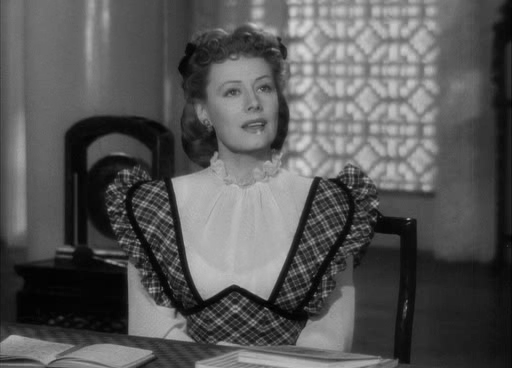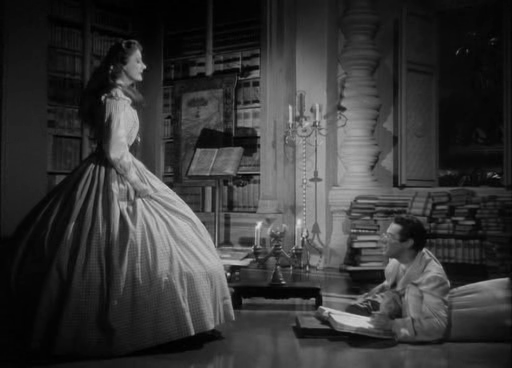“Women do not exist in Siam — they simply do not exist.”
|

Synopsis:
A widowed schoolteacher (Irene Dunne) arrives in Siam with her son (Richard Lyon) prepared to teach the many wives and children of King Mongkut (Rex Harrison) — including the son (Tito Renaldo) of Mongkut’s first wife (Gale Sondergaard). She’s quickly taught by Mongkut’s right-hand-man (Lee J. Cobb) about his many quirks and sexist beliefs, but pushes back when Mongkut refuses to give her the house he promised. When Anna witnesses Mongkut’s “number one wife” (Linda Darnell) being mistreated, she feels she’s had enough — but can she be convinced to stay?
|
|
Genres:
- Feminism and Women’s Issues
- Historical Drama
- Irene Dunne Films
- John Cromwell Films
- Lee J. Cobb Films
- Linda Darnell Films
- Rex Harrison Films
- Royalty and Nobility
- Teachers
Review:
This first cinematic adaptation (by director John Cromwell) of Margaret Langdon’s biographical novel about Anna Leonowens is a worthy predecessor to its more famous musical remake, The King and I (1956). Dunne matches Deborah Kerr in both intensity and believability as a bold widow who stands up to toxic patriarchy and corruption in a foreign country while remaining sympathetic to the conflicted goals of its intelligent but brutal leader. Refreshingly, there is no hint of romantic interest between Dunne and Harrison; their relationship is one of begrudging mutual respect (and, for Dunne, eventually deep commitment). Of note are both Arthur Miller’s cinematography and Bernard Herrmann’s score, adding to the quality of this slightly over-long but engaging feminist tale.
Redeeming Qualities and Moments:
- Irene Dunne as Anna (nominated as one of the Best Actresses of the Year in Peary’s Alternate Oscars)

- Rex Harrison as the King (nominated as one of the Best Actors of the Year in Alternate Oscars)

- Arthur C. Miller’s cinematography

- Bernard Herrmann’s score (check out the horror-flick ambience as Anna is leaving the king’s palace at night and hears a baby crying on her way home)
Must See?
No, but it’s certainly recommended for one-time viewing.
Links:
|